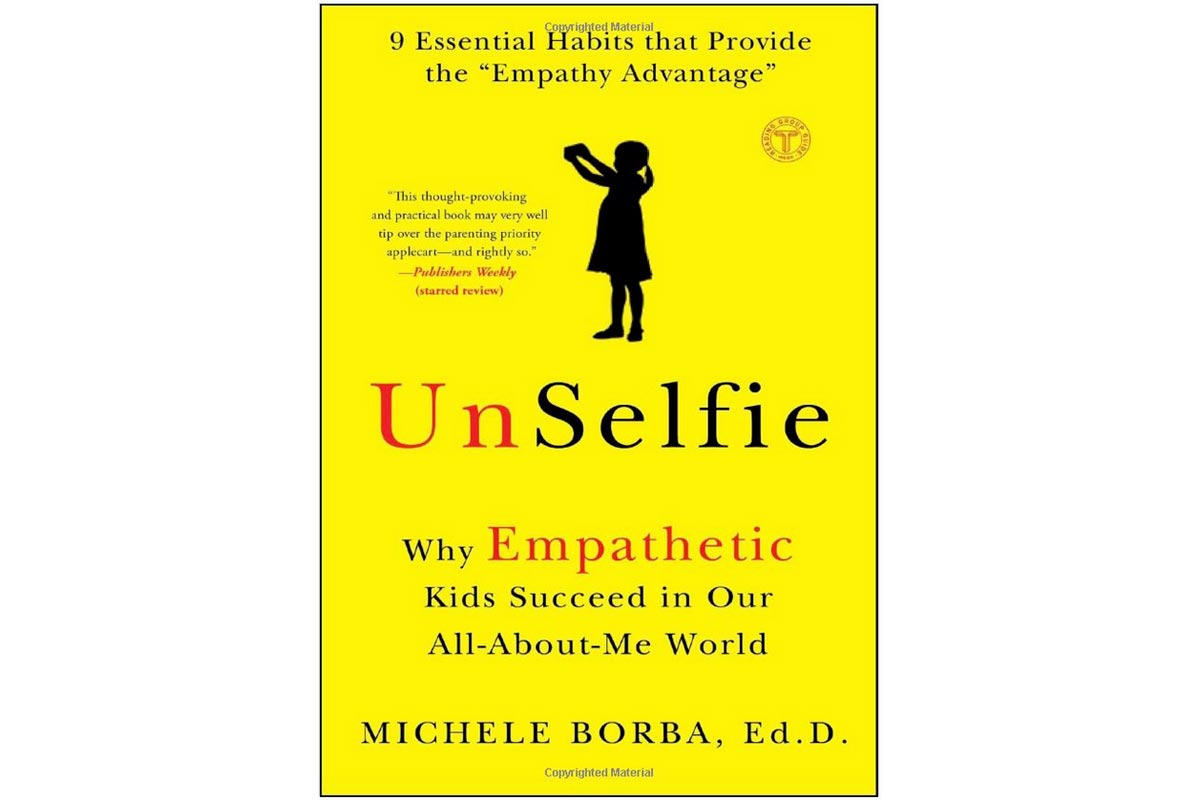Blog

By Dr. Aaron Ellington, PhD, LPCC-S, LICDC-CS
When emotions run high, it’s easy to get stuck in overwhelming thoughts or strong feelings. Grounding exercises are simple Cognitive Behavioral Therapy (CBT) techniques that help bring your focus back to the present moment. By anchoring your mind and body, grounding can reduce emotional intensity and give you space to respond more effectively instead of reacting impulsively.
What Are Grounding Exercises?
Grounding exercises are strategies that use your five senses or mental focus to connect you back to the here and now. They don’t make problems disappear, but they help calm your nervous system, slow racing thoughts, and create mental clarity so you can use other CBT skills more effectively.
Common CBT Grounding Techniques
Here are some of the most widely used grounding strategies:
- 5-4-3-2-1 Technique: Name 5 things you see, 4 things you feel, 3 things you hear, 2 things you smell, and 1 thing you taste.
- Deep Breathing: Focus on slow, steady breaths—inhale through your nose for 4 counts, hold for 2, and exhale through your mouth for 6.
- Describe Your Surroundings: Pick an object near you and describe it in detail, noticing shape, color, and texture.
- Count or Recite: Count backwards from 100 by sevens, or recite song lyrics, poems, or prayers you know by heart.
- Temperature Change: Splash cool water on your face or hold an ice cube to shift your focus to physical sensation.
When to Use Grounding Skills
Grounding skills are most helpful during moments of distress when emotions feel overwhelming or thoughts spiral. Common situations include:
- Anxiety spikes: Racing thoughts, panic, or physical tension
- Depression lows: Feeling numb, detached, or stuck in negative thinking
- Flashbacks or intrusive thoughts: Getting pulled into past memories or fears
- Crisis moments: Urges to act impulsively or when emotions feel “too big”
- Before therapy or hard conversations: To center yourself and improve focus
How Grounding Supports CBT
Grounding works as a foundation for other CBT skills. By calming your body and mind, you’re better able to challenge cognitive distortions, reframe unhelpful thoughts, and engage in problem-solving. In short, grounding gets you “unstuck” so you can use the tools that move you forward.
Putting It Into Practice
The best grounding exercise is the one that works for you. Try practicing these skills regularly—even when you aren’t in crisis—so they feel more natural when you need them most. Over time, grounding becomes a powerful tool to steady yourself and create the mental space needed for healthier thoughts and actions.
In Summary: Grounding is about finding your anchor when emotions feel overwhelming. By using simple CBT-based exercises in the right moments, you can calm your body, refocus your mind, and build a stronger foundation for healing. At Behavioral Health Services of Greater Cleveland, we specialize in evidence-based therapies like CBT that are tailored to your unique needs. Contact us today to schedule a consultation and explore the best options for your mental health journey. Behavioral Health Services of Greater Cleveland has two locations for in-person sessions (Rocky River and Medina), and Telehealth is available. Please call (866) 466-9591 ext. 0 for an intake.
Founded in 2008, BHSOGC has delivered professional Psychology Services to the greater Cleveland area with offices in Medina and Rocky River. We are a multi-disciplinary group practice with a clinical staff of psychologists, licensed social workers and masters level therapists.




